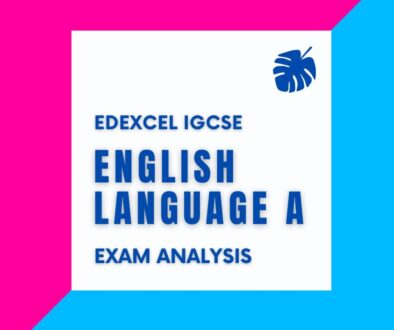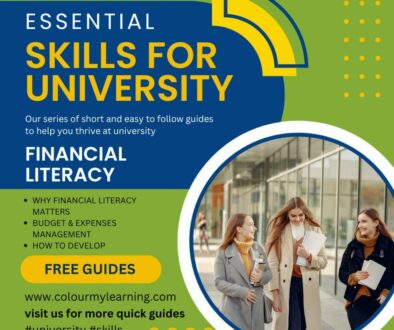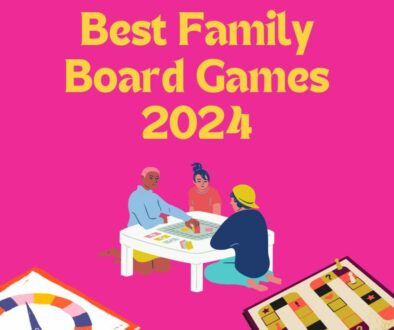How to Reference
When I taught in Tertiary Education, one of the biggest challenges, I and many of my colleagues faced was plagiarism by students across all years of their Undergraduate studies.
At the time, it seemed to me a blatant disregard for the intellectual property of the people from who they copied and an even greater disrespect for the work, effort and original thought that had been put in, in to the great volume of work available to them as references.
Citations, references, bibliographies, footnotes, endnotes… everything with reference to someone else’s work often seemed such an inconvenience that it was hardly worth the effort.
However through my own young child, I believe I have stumbled upon what may just be the root of these issues.
As my own child spends more time in school learning the ropes of researching and data gathering, it has become painfully obvious that the problems with plagiarism that we faced in tertiary education stemmed by and large from the lack of education and information beginning in the early years of research.
Reasons to Reference Your Work
Teaching young children how to reference and cite sources is actually a lot easier than we would imagine. Here are some reasons why…
 1. Sense of Fairness, Justice and Truth
1. Sense of Fairness, Justice and Truth

Children especially younger ones have a very clear sense of right and wrong, of fairness and justice. By appealing to these inherent ideas within them, it is easy to explain how in reading and obtaining facts and information that someone else has put together, it is only fair and right that the person needs to be attributed, to be given due recognition so that it is known that the idea was originally theirs.
By explaining that claiming someone’s idea as their own is akin to stealing (even though they would never be found out), children automatically realise that they would not like to be at the receiving end of such treatment.
Once we have managed to appeal to this sense of right and wrong within a child, it becomes easy to lead them down the road of ‘how to’.
 2. The Game of Attribution
2. The Game of Attribution
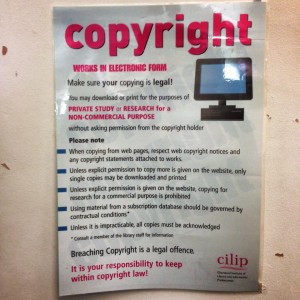
Teaching how to attribute sources, is in reality a lesson in awareness and observations. In order to attribute, to name sources, we first need to be able to identify the sources of information.
Understanding the different types of resources may be the first step.
This article Reference Services and Sources provides a really detailed description and write up of the variety of references and sources available.
From being able to identify the best sources of information, we then go on to the details of each source, whether there is an author or a group of people to be attributed.
How old the source is and whether the information is out of date or still valid. Examples of time sensitive information such as news articles and the difference between those and factual information would be valuable discussions.
It would also be valuable at this stage to point out the differences between quotations, citations and references. How each in turn can be used, and how using specific words and details ‘as is’ needs to be cited differently from a general reference.
3. Fun with Footnotes and Endnotes
Hand in hand with the ideas and simple theories of referencing, the most exciting things that children will enjoy doing is learning how to insert footnotes and endnotes. Both of which are very easily done within Word processing software.
Footnotes or endnotes are in the main, a question of preference or functionality.
In the majority of essays, a simple list of references at the very end of the document would usually suffice.
4. Habits
Much like everything we get used to doing, once referencing and quoting references becomes a habit, it is done almost naturally. The expectation that sources are referenced and ideas quoted instills a sense of needing to attribute.
That said, it is also important for each child and student to be able to understand when they are able to lay claim to original thoughts and ideas. The use of specific terms such as ‘Conclusions’ and ‘In my opinion’, and other words that precede the writing of original ideas and opinions generally denote that referencing is not necessary.
How to reference – the Nuts and Bolts
 Referencing Print
Referencing Print
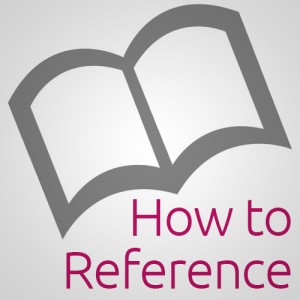
Depending on how strict (as a teacher) you’d like to be about referencing, the general rules of reference are that each printed reference should contain four non-negotiable points – Author (s), Title of Paper/Book, Place and Date of Publication.
The two main standards of citation and referencing are the (Modern Language Association) MLA and the (American Psychological Association) APA format. Both contain similar, if not exactly the same information with the main difference being the layout and positioning of each of the styles.
MLA (Modern Language Association)
Lastname, Firstname. Title of Book. Place of Publication: Publisher, Year of Publication.
APA (American Psychological Association)
Lastname, Initials (Firstname). (Year). Title of work. Location: Publisher.
Referencing Online Sources
Perhaps most relevant to the students of today is just how to reference online sources.
Both the MLA and APA have their own very slightly distinct styles, but the generally accepted practise is
Title of webpage (Date of publication, if available). Website address (Accessed: Date)
Final Thoughts
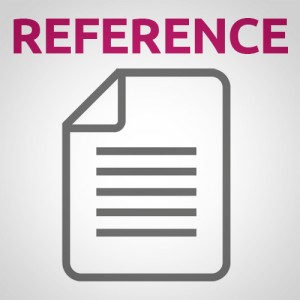
If you have further thoughts or questions you’d like to ask, please do feel free to leave a comment below.
References:
For further information on MLA citations
https://owl.english.purdue.edu/owl/resource/747/01/
http://www.library.cornell.edu/resrch/citmanage/mla
For further information on APA citations
https://owl.english.purdue.edu/owl/resource/560/01/
https://www.usq.edu.au/library/referencing/apa-referencing-guide
Link:
Elmer E. Rasmuson and BioSciences Libraries, University of Alaska, Fairbanks. (Accessed 18 March 2014)
Department of History and Philosophy of Science, University of Cambridge. (Accessed 18 March 2014)









